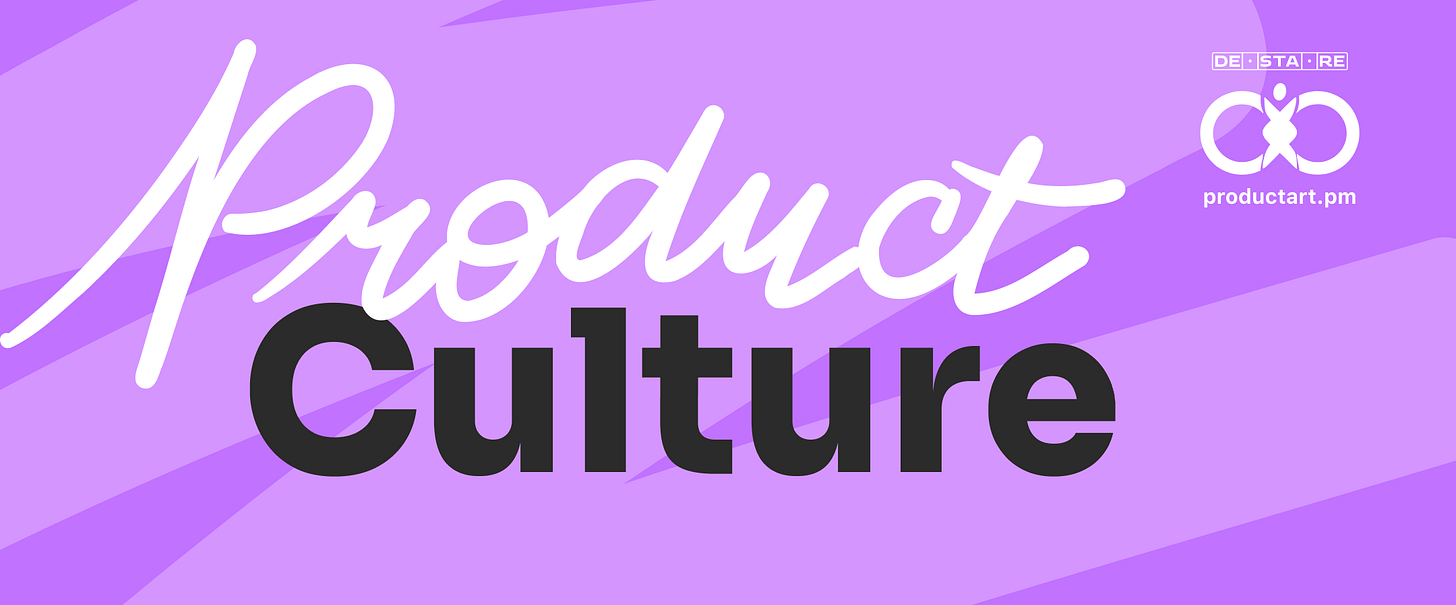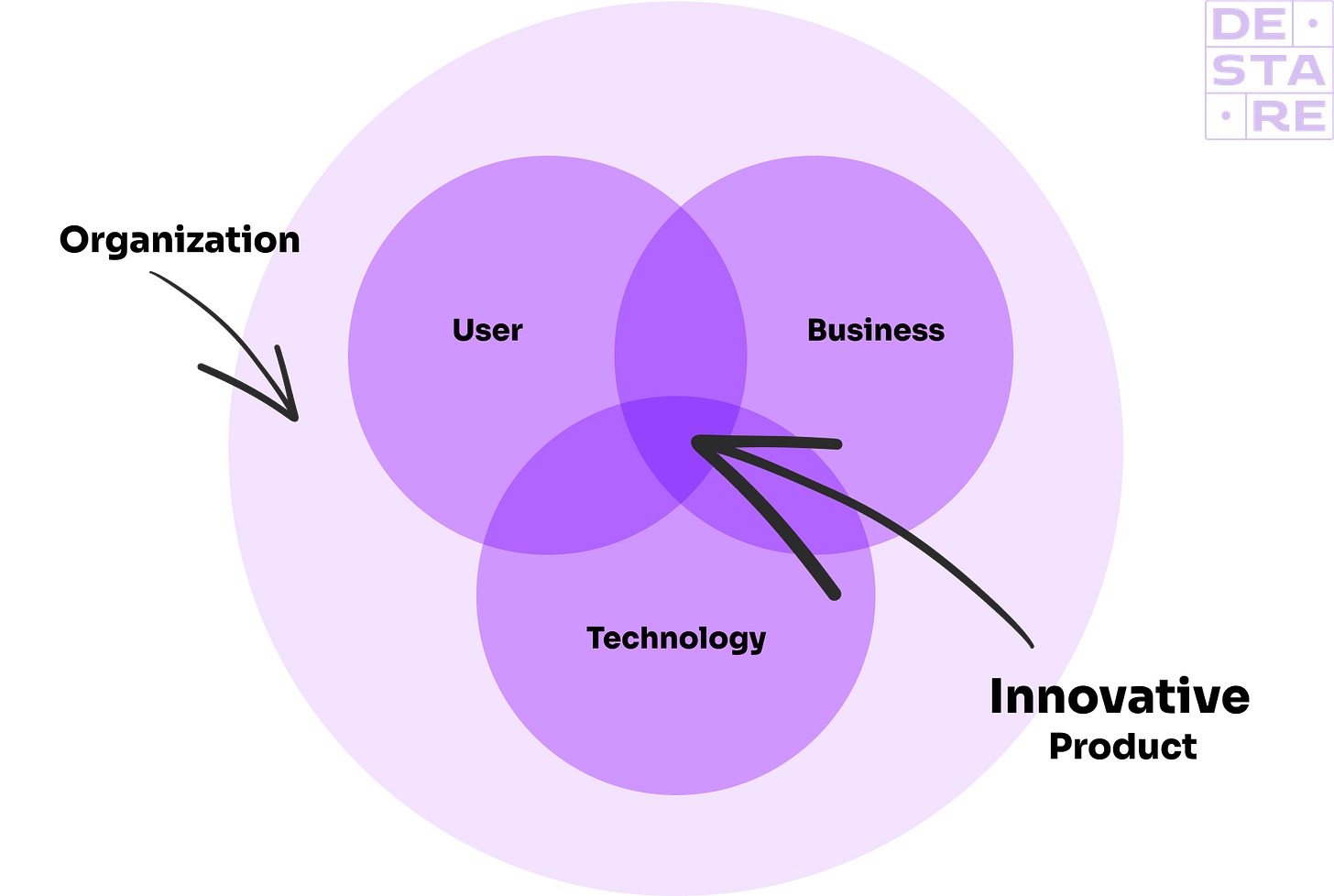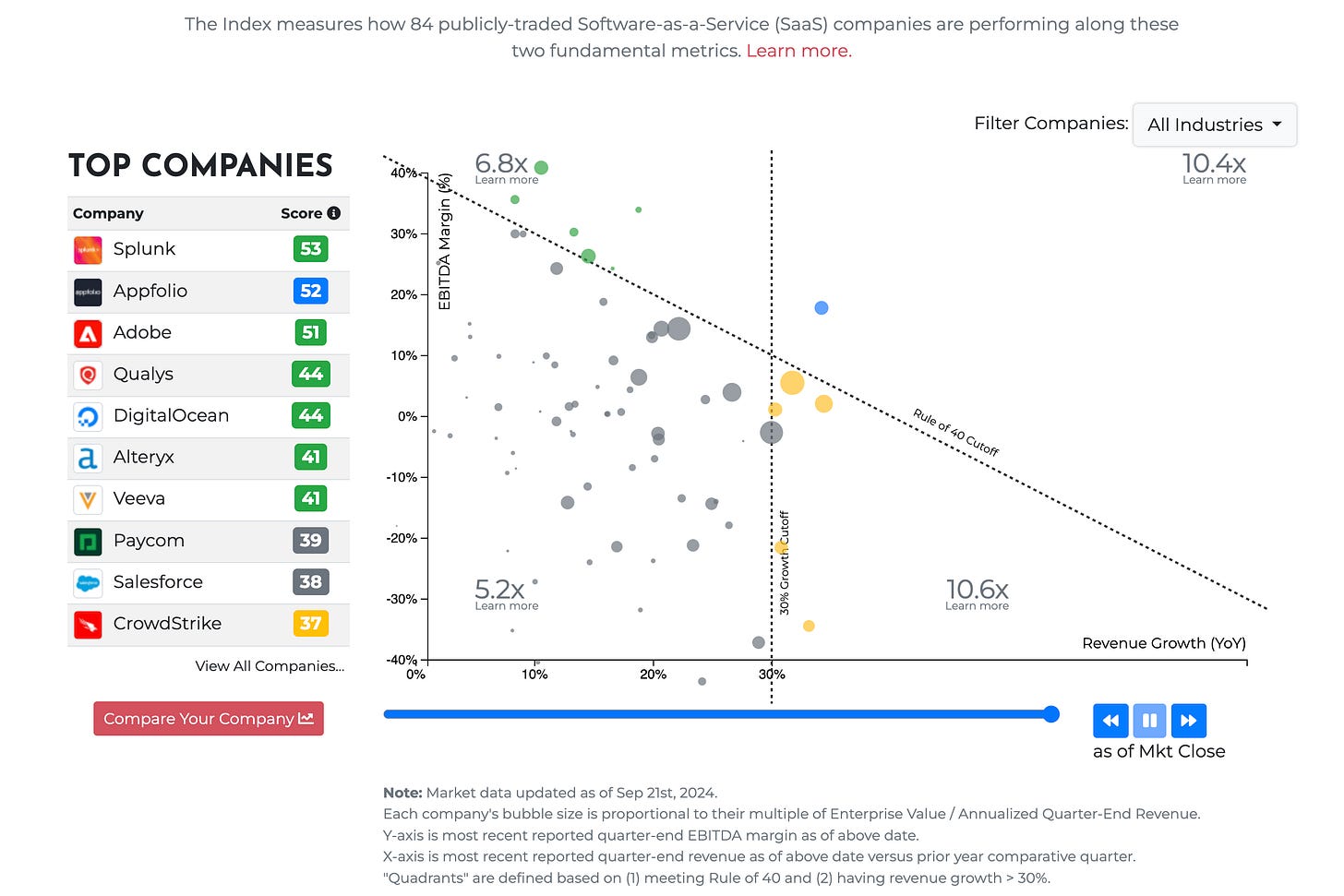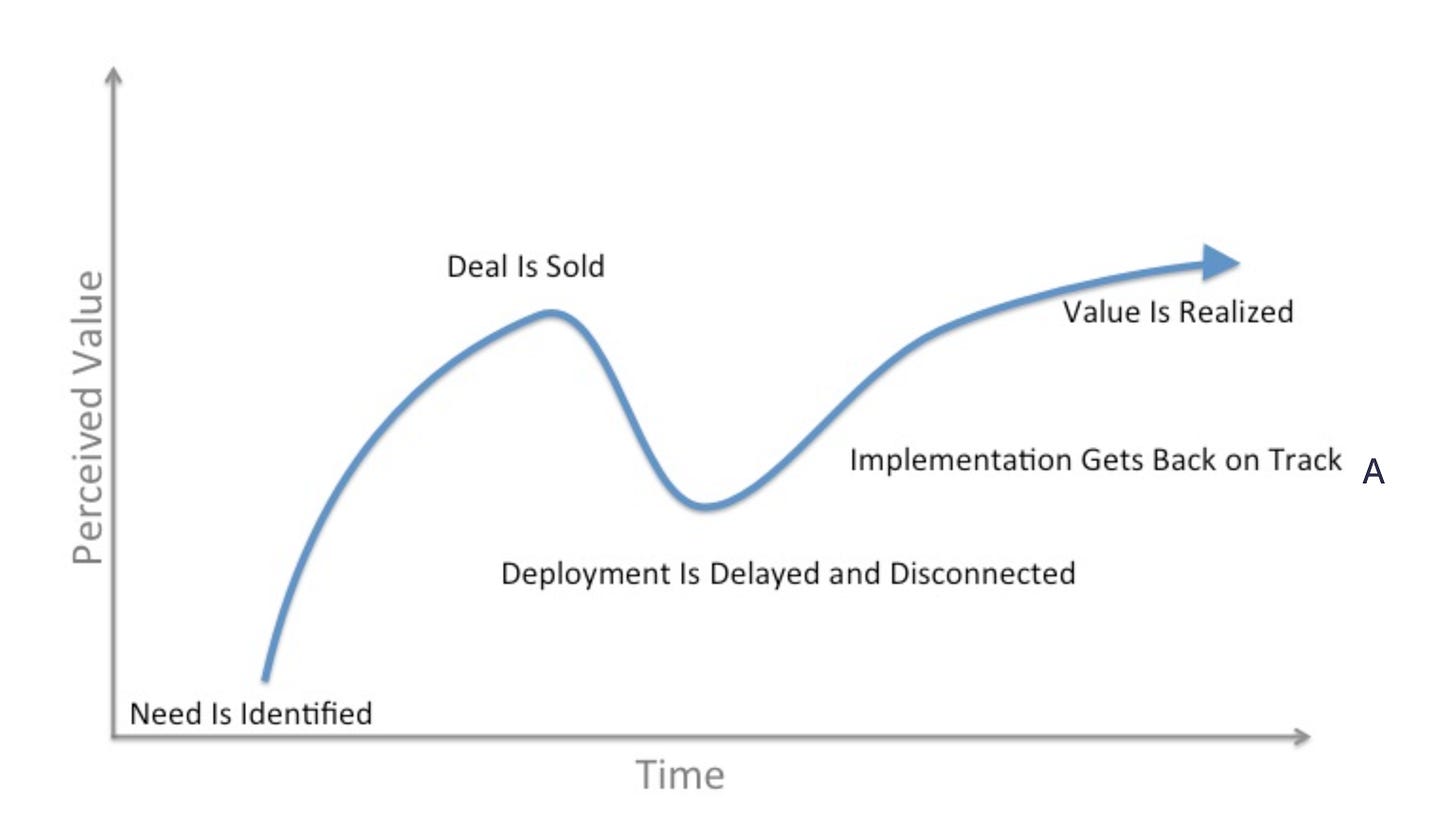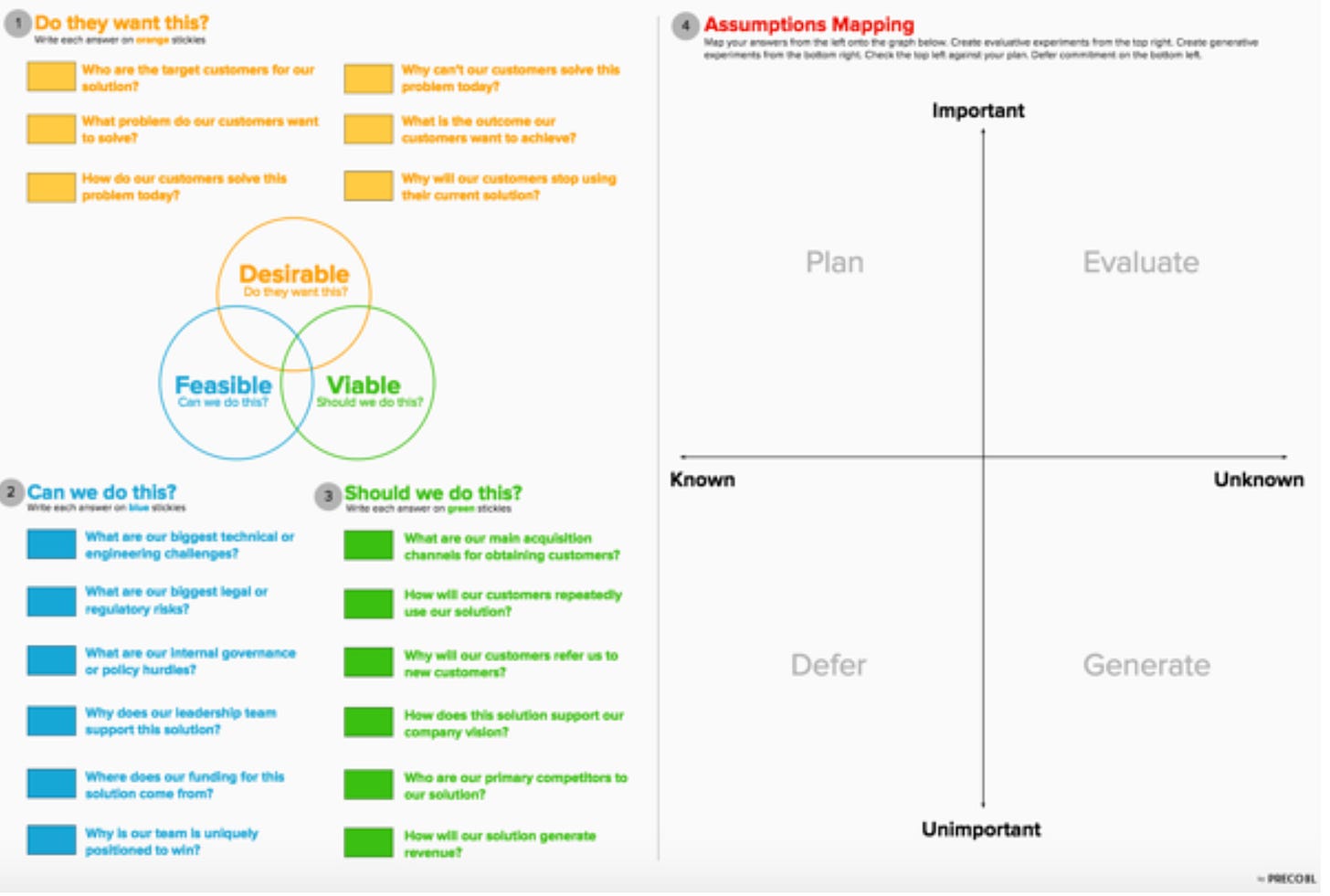Issue #1 Product Experiments and Pretotyping. Catch up with productivity - work longer or healthier?
Hi there 💜
This is the DeStaRe team - the Product Innovation Foundation. As you know from the previous post, we will continue Grzegorz's mission for the Polish version of 💜Product Art💜 by developing the Product Art community and creating content for the newsletter in English. In a few words, we'd like to share our vision for the coming months and gather your expectations. After all, a newsletter is also a product, and to create a product, you need to understand the market and the user. It's the perfect challenge for a Product Person 💪
We’re curious about you – tell us what you value in Product Art, and what you feel is missing. How can we satisfy your product cravings? Who are you? 😎 This survey will take a few minutes!
The DeStaRe Foundation was created as a hub for product knowledge exchange and a forge for new initiatives. We currently have 20 active volunteers and are continuing to recruit more. The core team responsible for the newsletter and the Product Art community consists of Alex Dziewulska (product, research, workshops), Paulina Duźniak (product, research), Sebastian Bukowski (research, workshops), Jakub Sirocki (product), and Łukasz Domagała (agile). You can find out more about us on the About page.
😊 We're still learning about your needs, so please go easy on us initially. Feel free to reach out with comments and feedback on our LinkedIn profiles or via email at contact@destare.ngo. We're also available to connect with you on Discord
In today’s edition, you'll find:
💜 Reducing risk and working with assumptions (assumption mapping) + BONUS: Pretotyping in product development
💜 Work more or work healthier? On well-being and its impact on team productivity + practical exercises and tips (guest article by Wojtek Jurojc)
💪 Interesting job opportunities in Product Management
📢 A subjective roundup of product/tech news
🍪 Product Bites – bite-sized product data insights
💜 Community survey – we want to understand your expectations better
Join Premium to access all of the content.
It won’t take you more than 44 minutes to read this edition. Plenty of substance(or meat)! (For the vegans – lots of product tofu!)
Grab a notebook 📰 and your favorite drink 🍵☕
The DeStaRe Foundation
How do we understand product culture?
Product culture is a set of values, beliefs, practices, and norms that shape how an organization creates, develops, and manages its products.
It’s an approach that prioritizes understanding user needs, continuous innovation, and collaboration between technology, marketing, design, and business teams.
Key Elements of Product Culture:
💜 User-Centered Focus – A deep understanding of users' needs and expectations is essential to create products that provide real value.
💜 Experimentation and Iteration – Continuous testing, gathering data, and optimizing the product based on user feedback and analysis.
💜 Cross-Team Collaboration – Product teams (agile, developers, designers, researchers, PMs) collaborate with marketing, sales, and other departments to create products that are not only functional but also well-suited to the market.
💜 Data-Driven Decision Making – Product decisions are based on data analysis from market research and actual user behavior.
💜 Innovation and Adaptation – A product-focused organization continually seeks new ways to solve user problems, stays on top of market trends, and remains open to change.
💜 Business Prioritization – Product culture balances user needs, technological capabilities, and business goals, ensuring the product contributes to organizational growth and increases market value.
Who are Product PEOPLE?
A Product person is someone with a mindset aligned with product culture, regardless of their formal role within the organization. Being a product person is not just a job title; it's an approach to product development based on several key principles:
🚀 User-Centered Focus – a product person always considers the needs, problems, and expectations of users, aiming to create solutions that provide value. Regardless of their role, they put the user/customer at the center of their actions.
🚀 Data-Driven Approach – The product person makes decisions based on hard data, analysis, and hypothesis testing. They rely not only on intuition but on real feedback from users and the market.
🚀 Experimentation and Iteration – product persons believe in continuous product development through testing, learning from mistakes, and iterating quickly, rather than striving for perfection from the start.
🚀 Collaboration and Communication – A product person naturally gravitates toward teamwork. They collaborate with various departments (technical, marketing, sales, UX, etc.) to achieve a common goal – developing a product that meets market needs.
🚀 Innovation and Adaptation – product persons seek out new opportunities and innovative solutions and continuously monitor trends to adapt to changing market conditions.
🚀 Business Understanding – The product person recognizes that the product must also meet business goals, not just satisfy users. They can balance user needs with the organization’s business strategy.
Therefore, a Product Expert can be anyone in the organization – from engineers/developers, designers, researchers, agile specialists, and marketers to product managers – who adopt these principles and mindset. A Product Expert considers the product's value and is committed to creating the best possible solutions.
Side note from
- in Poland we have a word Produktowiec, which is broader and more inclusive term than Product Manager, as it can mean anyone involved in product development with the right mindset. I’m proposing word Productist or Producteer? What do you think? Is there a better word already? Send me a message or comment.
💪 Product job ads from last week
Do you need support with recruitment, career change, or building your career? Schedule a free coffee chat to talk things over :)
Product Manager - Expressable
Product Manager - ST6
Product Manager - MUX
Associate Product Manager - HST Pathways
Product Manager - Vetcove
Product Manager - CHINT
Product Manager - Keelvar
Senior Product Manager - Alps2Alps ski transfers
Product Manager - Schoeller Allibert
🍪 Product Bites (2 large and 3 small bites)
🍪 Bite 1: The Rule of 40 for SaaS Companies
The Rule of 40 is a financial metric for SaaS (Software as a Service) companies, stating that the sum of a company's revenue growth rate and profit margin should be at least 40%. It reflects how sound companies balance growth and profitability.
Key elements of the Rule of 40:
Revenue Growth Rate: Typically refers to the annual growth of recurring revenues (ARR) or monthly recurring revenues (MRR).
Profit Margin: Often calculated using the EBITDA margin (earnings before interest, taxes, depreciation, and amortization).
Formula:
Rule of 40 (%) = Revenue Growth Rate (%) + EBITDA Margin (%)
Interpretation:
Above 40%: Indicates a healthy balance between growth and profitability.
Below 40%: May point to issues with cash flow or liquidity.
Applications:
Assessing Company Health: Helps evaluate the overall financial condition of a SaaS company.
Comparing Companies: Useful for comparing SaaS companies with different operating structures or at various growth stages.
Investor Guidance: Often used by investors to analyze potential SaaS investments.
Limitations:
The Rule of 40 applies more to mature SaaS companies, usually with annual revenues above $1-50 million.
It should not be the sole metric for assessing a company and should be considered alongside other indicators.
🍪 Activation Rate: The percentage of new users who complete key actions that indicate they've found value in your product. A reasonable activation rate is typically above 40%. [1]
🍪 Net Promoter Score (NPS): Measures customer loyalty on a scale from -100 to +100. An NPS above 0 is considered good, above 50 excellent, and above 70 world-class. [2]
🍪 80/20 Rule: Also known as the Pareto principle, it suggests that 80% of outcomes come from 20% of efforts. In product management, this could mean that 80% of revenue comes from 20% of features. [3]
🍪 Time to Value (TTV): The time it takes for a new user to realize the value (benefits) of your product. A shorter TTV is often associated with higher retention rates. [4]
The onboarding period is particularly crucial, as this is when new users decide whether the product meets their expectations. If they don't see value quickly, they may abandon the service, increasing the risk of customer churn.
In the SaaS model, where customers often pay for subscriptions, patience with difficulties or delays in realizing a product’s value is much lower than in the past when software licenses were purchased outright. This makes it vital for companies to deliver promised benefits as quickly as possible. For instance, in the case of e-commerce tools, the value might mean increasing the average order value. What the company defines as value must align with customer expectations.
To shorten Time to Value (TTV), it's essential to identify the so-called "Aha! Moment" — the moment when the customer first perceives the product's value. Essential tools to achieve this include onboarding guides, customer success managers, and an intuitive, easy-to-use user journey. By reducing the time to first benefits, companies increase their chances of retaining customers and minimize churn risk.
Interesting? Refer us to a friend!
📢 Product News – What’s Buzzing?
📢 UK Proposes Ban on Smartphone Sales to Children Under 16
The UK government is considering a ban on selling smartphones to children under 16. A recent study showed that 58% of parents support the move, and over 80% believe smartphones are harmful to teenagers. If the ban is implemented, two categories of phones will emerge: “kid phones” without social media apps for those under 16 and fully functional “adult phones.” [1]
📢 California Debates AI Regulation Bill
California is considering a controversial bill (SB 1047) aimed at regulating AI, which would hold providers accountable for potential harm caused by AI systems. The bill has divided the tech industry—critics argue it may stifle innovation, while supporters believe it will make AI safer. Governor Gavin Newsom expressed concerns that the law could have a "chilling effect" on innovation, especially in the open-source community. [2]
📢 Google Resumes AI-Generated Human Images
Google plans to introduce new features in its Gemini AI model, allowing the generation of human images. This comes after a pause in February, caused by issues with the technology, which had previously produced inaccurate representations of historical events. [2]
📢 Lenovo Tech World 2024 Announcement
The annual Lenovo Tech World conference will take place on October 15, 2024, focusing on AI. The theme for this year is "Smarter AI for All." Speakers will include CEOs from Intel, Nvidia, Microsoft, and Lenovo. [3]
📢 SEMPRE Secures Funding for Digital Infrastructure Tech
SEMPRE, a company developing digital infrastructure for commercial and defense markets, announced a new $10 million funding round. The company has developed a solution to provide secure, electromagnetic pulse-resistant network infrastructure, data, and communications for battlefields. [4]
📢 Digital Mental Health Tech Promising for NHS
The National Institute for Health and Care Excellence (NICE) has reported that recommended digital therapies for mental health disorders could save thousands of therapist hours for the NHS. Evidence suggests that digital therapies for anxiety disorders could save about 6,000 hours of therapist time per 1,000 patients. [5]
📢 EU, US, and UK Sign AI Safety Treaty
Representatives from the EU, US, and UK have signed a landmark AI safety treaty titled the “Framework Convention on Artificial Intelligence, Human Rights, Democracy, and the Rule of Law.” [2]
📢 BlackRock and Microsoft Plan $30 Billion AI Fund
BlackRock and Microsoft are planning a $30 billion investment fund aimed at supporting the growing energy demands of AI technology. The fund acknowledges that AI innovations require significantly more energy than previous technologies, which puts pressure on existing infrastructure. [2]
📢 Walmart’s Digital Transformation
Walmart is transitioning from paper price tags to digital shelf labels in its stores. The company plans to digitize all its stores within the next year and a half, allowing employees to update prices on 120,000 products via a mobile app. [6]
🚀 Join Product Art Pro Premium!
Once a month, we post in-depth analyses of one particular topic, concept, or framework. Join our paid subscribers to get it delivered to your inbox. The following premium issue will be about research in Product Management! Don’t miss out on the offer.
💜 Follow us on LinkedIn
Alex Dziewulska - join me on LinkedIn
Paulina Duźniak - join me on Linkedin
Sebastian Bukowski join me on LinkedIn
Łukasz Domagała join me on LinkedIn
Jakub Sirocki join me on LinkedIn
💜 Assumption Mapping in Product Development: A Strategic Approach
Assumption Mapping is a crucial technique in product development that helps teams challenge their assumptions, identify risks, and establish a shared path forward. This practice fosters collaboration, transparency, and a systematic approach to exploring uncertainty, which can significantly improve decision-making, especially in the early stages of product development. It also helps teams become more comfortable with product-related uncertainty, reduces the fear of failure, and provides tools to manage these challenges. Using assumption mapping, teams can focus on the most critical questions, validate hypotheses, and avoid unnecessary risks that could derail the product (or project).
Table of Contents:
💜 Assumption Mapping
💜 4 Types of Hypotheses
💜 Key Elements of the Assumption Mapping Process
💜 Applications in Product Work
💜 Best Practices
💜 Bonus Material: Pretotyping
In this article, we’ll explore the importance of assumption mapping, its benefits, and how it can be used to guide the product development process. We’ll also cover practical steps to implement assumption mapping, along with real-life examples and best practices. By the end of the article, you’ll have a solid understanding of how assumption mapping can help build better products with greater confidence.
As a bonus, we’ll dive into pretotyping and product experiments, which allow you to take the assumptions and uncertainties you’ve mapped and validate them quickly and at a low cost 🚀
Why is Assumption Mapping Important?
Assumption mapping is about systematically uncovering the assumptions that underlie product decisions. These assumptions can involve customer behaviors, market dynamics, technical feasibility, or even the business model. If left unchecked, these assumptions can lead to faulty product decisions, which may waste time, money, and resources.
Assumption mapping helps teams surface and question these assumptions early on, ensuring that the product development process is rooted in evidence rather than guesswork. By verifying key assumptions, you reduce the risk of costly mistakes and increase the likelihood of product success.
Key Benefits of Assumption Mapping:
Risk Reduction: Assumption mapping helps identify potential risks early on by exposing key assumptions (opinions, unvalidated ideas, and beliefs) that need to be tested.
Informed Decision-Making: It enables teams to focus on areas with the highest uncertainty, allowing for more targeted experiments and learning, avoiding wasted budget on researching everything.
Alignment: By mapping assumptions, cross-functional teams can agree on what is known, what is assumed, and what needs validation—effectively breaking down organizational silos.
Efficient Resource Allocation: Assumption mapping helps prioritize areas to focus on, ensuring that time and resources are used optimally.
Improved Collaboration: It encourages open communication between team members, ensuring that everyone is fully aware of the risks and opportunities.
4 Types of Hypotheses to Validate
These four dimensions — feasibility, desirability, viability, and adaptability — are crucial for validating assumptions during the product development process. Testing hypotheses in each of these areas can significantly increase the chances of launching a successful, long-lasting product.
💪 Feasibility: This refers to whether the product can be successfully created or implemented using available technology, resources, or capabilities. The hypothesis here revolves around whether the product can actually be built. This responsibility typically falls on the developers.
Keep reading with a 7-day free trial
Subscribe to 💜 Product Art Pro 💜 to keep reading this post and get 7 days of free access to the full post archives.






